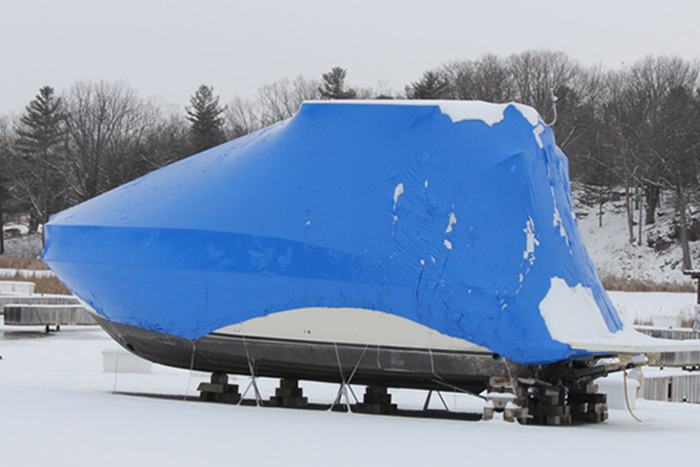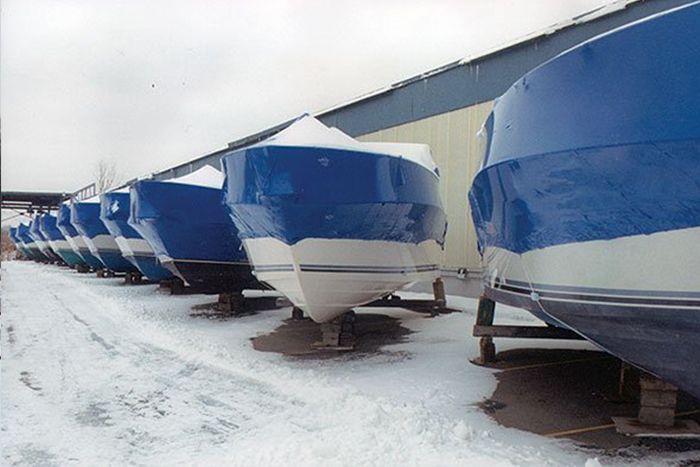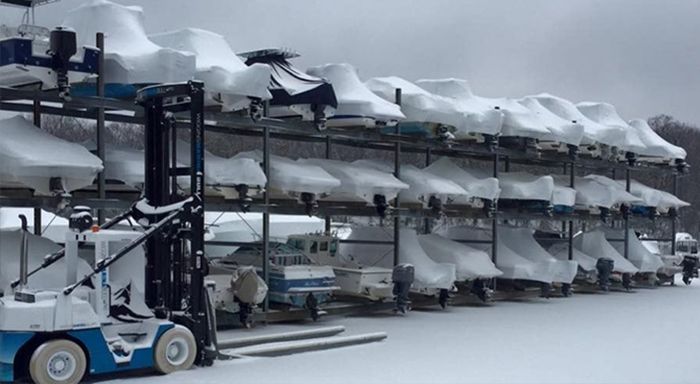
Boat Winterization: Everything You Need to Know
Are you ready for the winter season? As you cherish the final weeks of sunshine and sea of the season, it is in your best interest to start preparing for your boat winterization.
This article is essentially a guide on everything you need to know regarding boat winterization. Let’s start by first looking into what exactly is boat winterization.
In layman terms, winterizing your boat means preparing the vessel (through a series of methodical steps) to handle the winter season without damaging any of its inner parts. Boat winterization is especially important if you are expecting a brutally harsh winter that may cause significant damage to your boat (among other things!).
The procedures involved in winterizing your boat safeguard the boat gear and systems from detrimental freeze damage. Winterizing your boat also protects things like outboard and inboard engines, batteries, stern drives and lower units from any kind of wear and damage that lying around idle can lead to. But here is the good news for you. All you need is a couple of days’ effort to ensure the protection of your precious boats during the harsh months of the winter season.
When should you Winterize Your Boat?
There is no particular date when most individuals winterize their respective boats. However, the ideal time to do it is after the boating season, and you are overusing it for the rest of the annual year.
Besides, it is important to keep in mind that in several regions of the country, you might want to winterize your boat vessel before the freezing cold temperature sets in.
Now let us look into what exactly you have to do to winterize your boat in an efficient manner.
How do you Winterize Your Boat: Step by Step Guide
The following is a step-by-step guide on how to winterize your boat. Be sure to read and follow these steps carefully in the exact same order when you are winterizing your boat.
- The first step you have to take is to prep your boat’s engine. Ensure you drain and remove all of the water.
- Next, apply a solution of protection against corrosion to your boat’s engine.
- For particular instructions, peruse your owner's manual and finish fogging, if required.
- The next step is to include an additive (fuel-stabilizing) to your boat’s fuel system. Run the boat’s engine then.
- Replace the fuel filters of your engine and any water or fuel separators in the whole system. In addition, check out the coolant present in all the boat’s closed cooling systems to ensure it has proper protection. Also, check the belts, hoses and clamps.
- Drain the plumbing systems (freshwater) of your boat. That includes tanks, sinks and heads.
- Add antifreeze to your boat’s plumbing system.
- Make sure that you remove water from any other system as well (live wells, raw water washdown, bilge pump, etc.). Take out the drain plugs.
- Carry out the replacement of the gear oil. Drain the previous gear oil’s older unit and switch with a new and clean supply. Make sure to check moisture when you change the gear oil. If you observe water coming out first up or lumpy or milky oil, that is a clear indication that there is moisture contamination in your boat. In order to counter this, you will require new seals prior to the next season.
- Next, you have to lubricate and grease. Locate the grease fittings of your boat engine (you are most likely to find them in the steering mechanism spot). Then use a top-quality marine lubricant to safeguard against corrosion, rust, and oxidation. Be sure to read your owner’s manual to ensure you do not overlook any critical areas that you should grease prior to winter storage.
- Place your boat in winter storage or cover it completely.
What’s ironic is that it is the water that can be most dangerous to your boat during off-seasons. The most significant problem is freeze damage. However, water on and in your vessel can also lead to the growth of mildew and mold and corrosion (wintertime). Hence, when you are considering each task in the boat winterization process, keep in mind that your primary objective is to keep out the moisture and water as much as possible.
During the boat winterization procedure, keep your focus on the fuel systems, the engine, any plumbing system and all of the additional systems that can hold any water.
Tips for Storing Your Boat
After you have managed to winterize your boat vessel, you have to then consider how you will be storing the boat. The following are some of the essential tips you ought to follow at this stage:
- Utilize additives (fuel stabilizing) and adhere to correct procedures for winterizing systems and engines
- Open all of the drains and seacocks to avoid any harm from freezing
- Provide some support (structural) under the tarps and covers of your boat
- Be sure to remove any food items, electronics, valuables, cushions, canvas and store these in your house
- Do not make the mistake of tying boat tarps or covers to any boat stand
- Put some moisture absorber in the boat’s lockers and cabin
Summary
There is no denying that winterizing your boat is of critical importance before the onset of the winter season. You can easily and safely get this done if you follow the aforementioned step by step process to a T!
However, keep in mind, you might encounter a particular procedure or system that you feel is much beyond your level of skills during boat winterization. In that case, be sure to ask a qualified boat expert for help who has ample experience in carrying out boat winterization processes.
Sources
- https://www.discoverboating.com/ownership/storage/winterizing
- https://www.markelinsurance.com/resources/marine/winterizing-your-boat
- https://www.discoverboating.ca/owning/maintenance/winterizing.aspx


